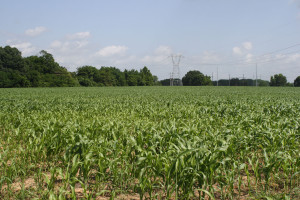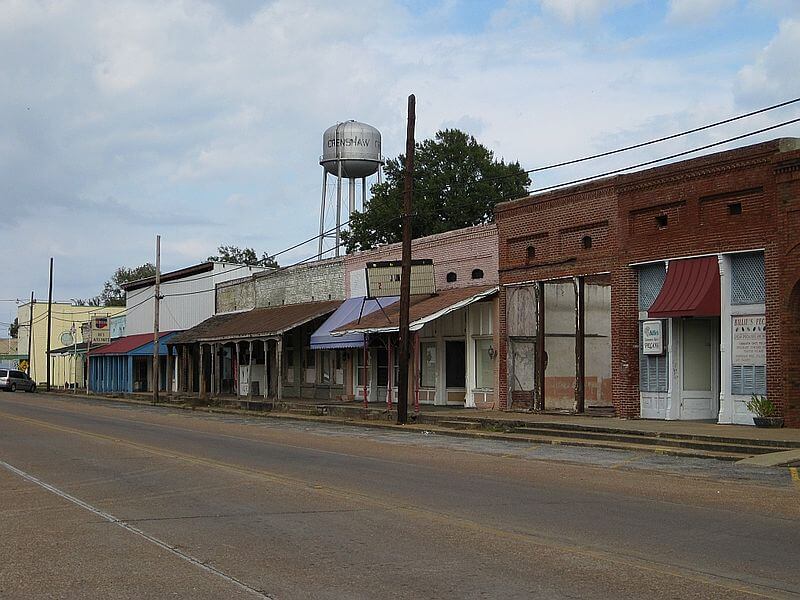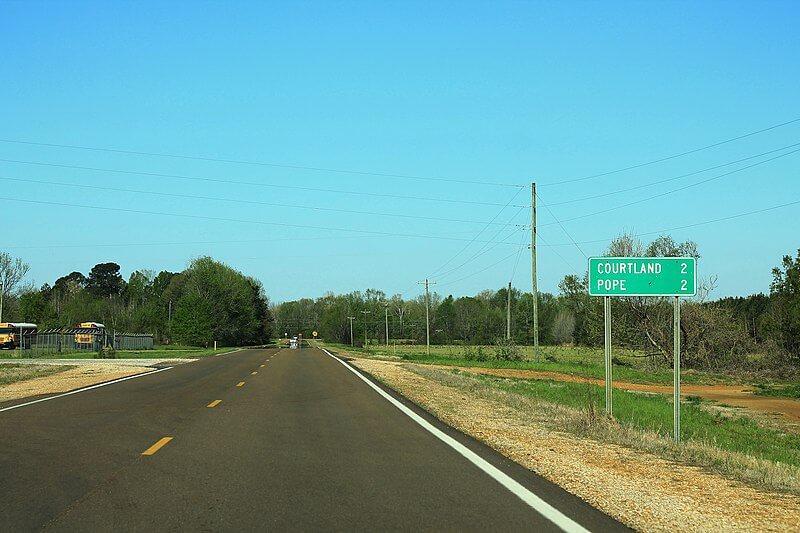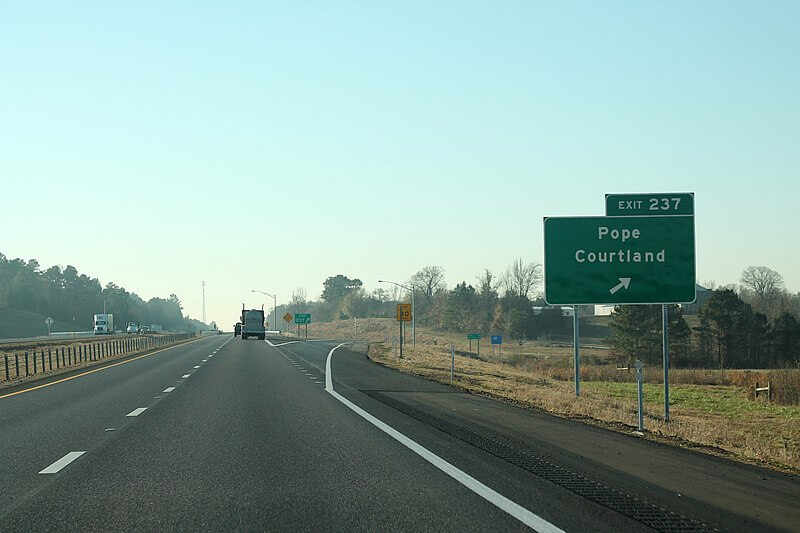Crenshaw-Pope-Courtland-Crowder
Crenshaw-Pope-
Courtland-Crowder
These southern towns are steeped in the traditions of America’s rural farmlands and are surrounded by fields of cotton (“white gold”), soybeans, wheat, and corn. Deer, wild turkey, ducks, and other wildlife abound. This is where life slows down, where one takes the time to share a cup of coffee or a hot plate lunch special with friends and neighbors. You just might stumble across a real surprise or two!
Crenshaw
In the heart of the Mississippi Delta, Crenshaw is surrounded by some of the most fertile land in America. A well-established agricultural community, Crenshaw is also a growing industrial area.
Like many communities in the Mississippi Delta, Crenshaw was a settlement long before it became an “official town.” This designation came with the arrival of the railroad in the 1850s. Huge cotton farms dotted the area, and the railroad quickly became Crenshaw’s link to wealth and prosperity. Vast cotton fields still surround the area, along with other crops and small businesses.
Just a stone’s throw from Tunica – the third largest gaming center in the United States – Crenshaw is a town that knows how to blend the old with the new. When visitors aren’t rolling the dice, they find Crenshaw to be a quiet respite and are drawn to the town’s Soul Food Restaurant for some real, down-home, southern-style cooking. There’s another little surprise in Crenshaw, too: Miss Billie’s Pecans, right on Main Street. Even the Martha Stewart has stopped by to pick up some cinnamon-spiced pecans and other specialties that are shipped internationally from this unassuming little storefront enterprise.
Pope
During the construction of the railroad in the 1850s, W.E. Pope, a civil engineer from Georgia, was in charge of building the roadbed. This settlement along the railroad was referred to as Pope Station and later, Pope Depot. When the Civil War broke out, W.E. Pope and a group of followers joined the Southern cause and called themselves “Pope’s Devils.” It’s believed that the community was given its name in their honor. Pope was officially created in 1872.
Logging was the primary business in Pope. When the trees were gone, row farming and then livestock replaced them. Cotton ginning was a mainstay for decades.
The town of Pope is a fisherman’s paradise, because of its close proximity to Enid Lake. (Enid Lake is known for its record-size crappie and bass, as well as The North Mississippi Fish Hatchery, located west of Enid Lake on 58 acres of land leased from the U.S. Army Corps of Engineers.)
Some of Pope’s most popular attractions are The Chuck Stop, The Place & Pope Country Cafe–where you’ll enjoy great southern hospitality and learn the most about what makes Pope one of the cornerstones of Panola County. Learn more about these stops.
Pope is also proud of the Pope Woman’s Club, a volunteer organization dedicated to education, literature, fine arts, civic affairs and community betterment. The club sponsors a number of annual events, supports several charities and sponsors college scholarships.
Courtland
Originally called Randolph’s Crossing, Courtland is another town that grew into a bustling center of trade and commerce when the railroad came to town. By 1871, it was a thriving community in the heart of one of the nation’s richest agricultural areas, when cotton was “king.”
Courtland is a little quieter now, but the train still roars through everyday, blaring its “hello” to the townsfolk. Old houses line its streets and Main Street is still the place to linger and mingle and share a good story or two.
Courtland balances the best of both worlds. It actively preserves the benefits of rural living with a neighborly, easy-paced lifestyle combined with the services and conveniences of a 21st century community. Many people prefer the quiet family-centered life of Courtland while enjoying its quick and convenient access to the many amenities of nearby Batesville.
Crowder
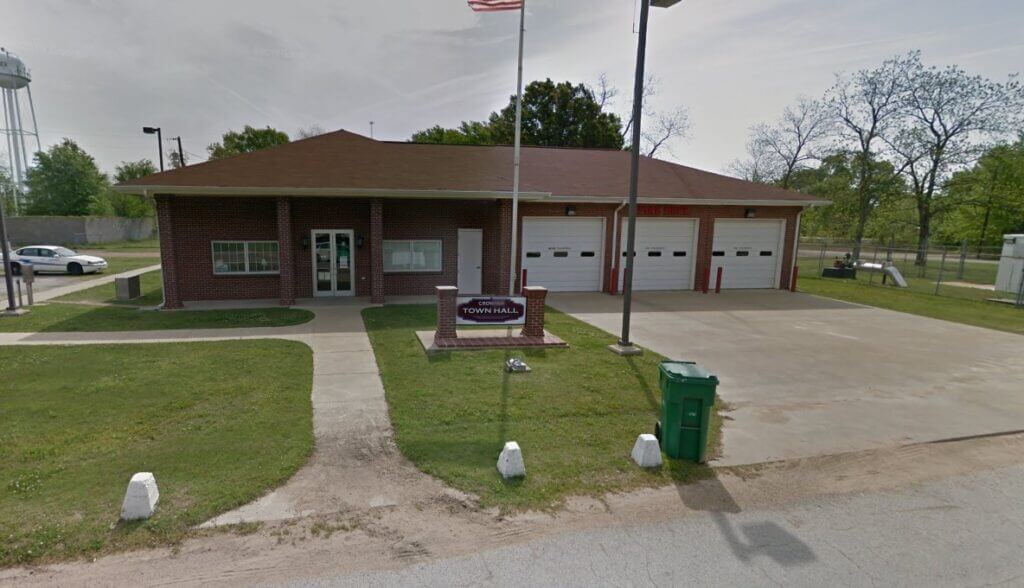
Maps Data: Google, @2021
The majority of Crowder is in Quitman county with a portion on the east in Panola County. In the Panola County side of the town, it is served by the South Panola School District. As of the 2000 Census, it had 766 residents.
Credits for button photos:
Crenshaw photo taken


